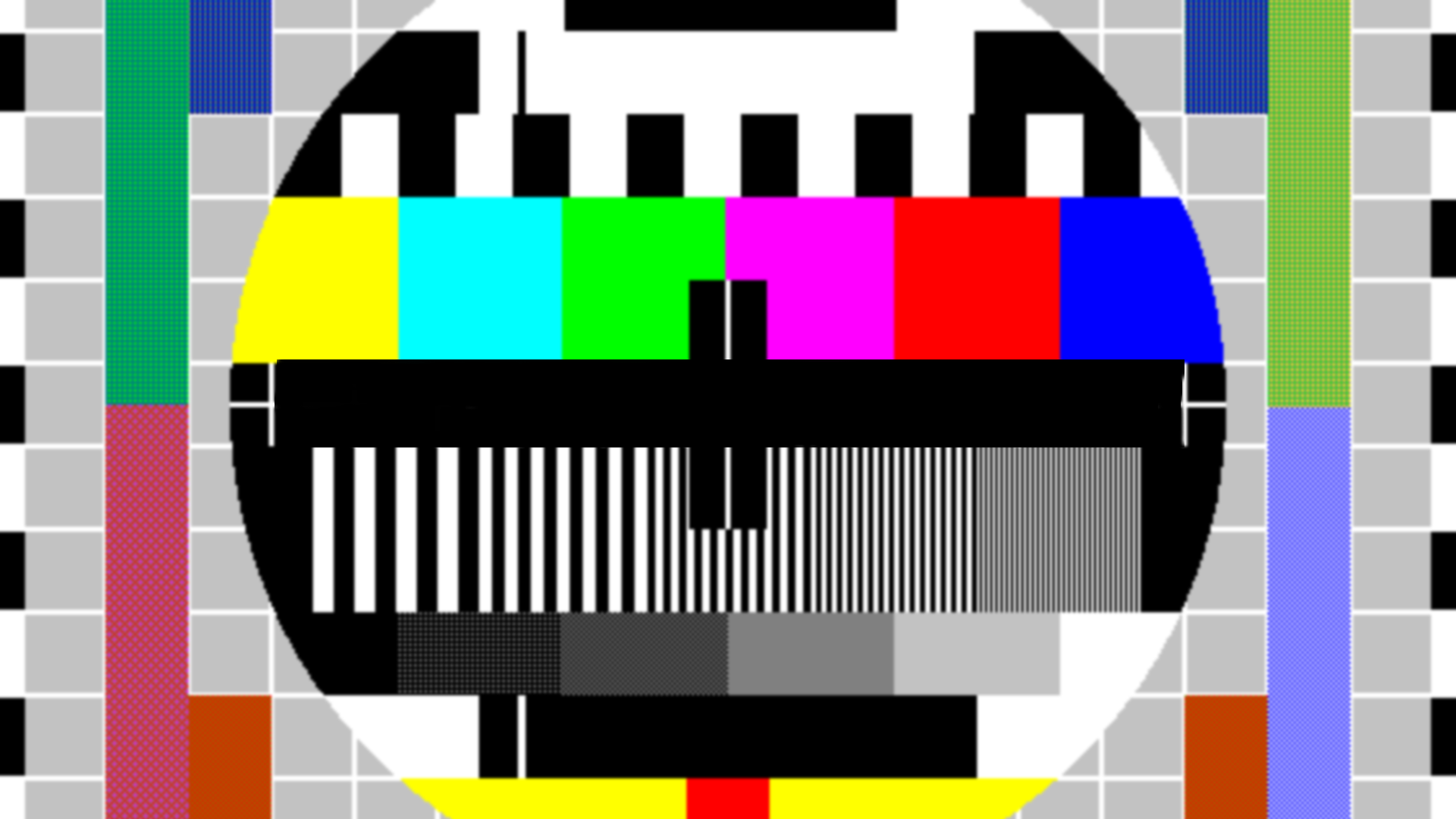1) Delta-E is a single number representing the “distance” between two colors.
(Delta E color error, the green line is color error of 1.0 and 1.0 is the smallest color difference the human eye can see. So when 1 is the smallest 3 is the acceptable one, 10 is just plain wrong.)
2) Is to show you the target color and the color that is actually being presented by the measured screen.
3) Delta L = Lightness error (is a representation of variation in the perception of a color or color space's brightness).
4) Delta C= Chroma (Saturation) error (Saturation is the colorfulness of a color relative to its own brightness) Shows the error in relationship to white. Which means closer to white undersaturated, further away from white over saturated colored purple in this example.
5) Delta H= Hue error (Hue defines pure color in terms of “green”, “red” or “magenta”. Hue also defines mixtures of two pure colors like “red-yellow” (~ “orange”), or “yellow-green” ) which shows the error related to the pathway colored red in this example in the CIE 1976 graph.
6) The Gamut Luminance chart shows the light level (luminance) of each primary and secondary color. The closer each color is to the reference in level, the better-this especially important for the primary colors of red, green and blue.
8) This is the color chart with the square being pure white.
9) The colors we target and with the actual representation of the colors projected by the display.
1) Color temperature: where the square represents daylight.
2) RGB balance (The balance between Red, Green and Blue).
3) Delta E color error. (Delta E color error, the green line is color error of 1.0 and 1.0 is the smallest color difference the human eye can see. So when 1 is the smallest, 3 is the acceptable one, 10 is just plain wrong).
4) Gamma Curve isn't that improtant for phone screens.
5) Correlated Color Temp To see if the screen is cold or warm. ( 3200 K is usually considered “warm” sources, while those with a CCT above 4000 K are usually considered “cool”).
6) The colors we target in the Grayscale with the actual representation of the colors projected by the display.



